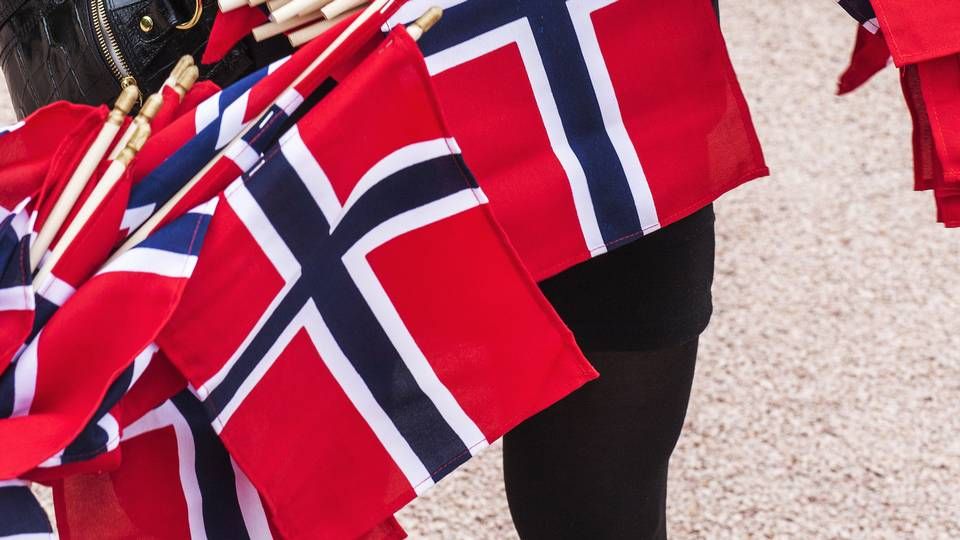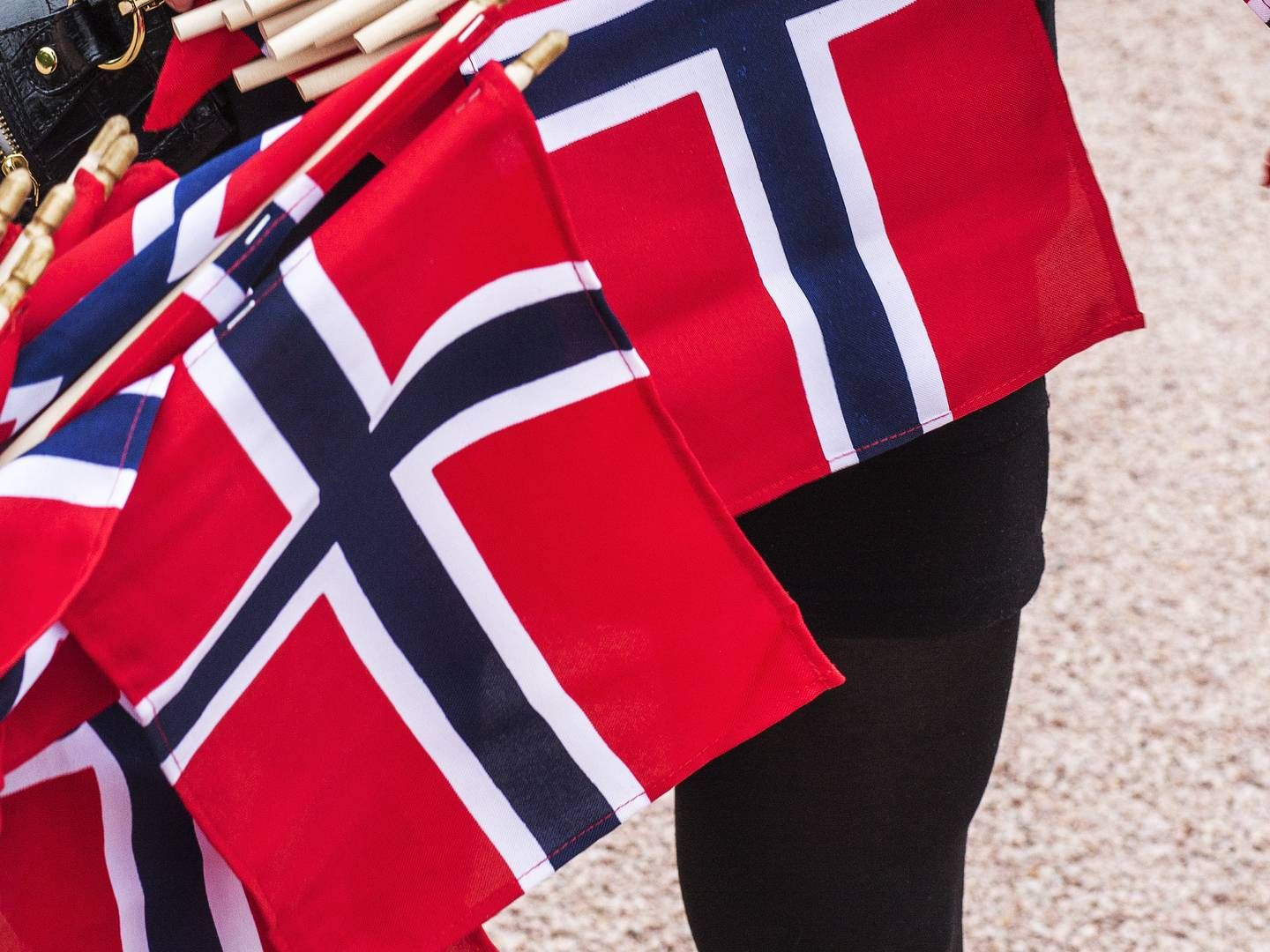Norway's financial watchdog: The pension business can afford higher losses than in 2008

The developments on the Norwegian and global economy and financial markets are still subject to a lot of uncertainty. The crisis might produce long-lasting low interest rates and drops in the value of the pension funds' investments, which could weaken the their results and solidity, according to the Norwegian Financial Supervisory Authority section chief for analysis and reporting Thea Birkelund Kloster.
Industry figures show that Norwegian life insurance companies experienced a drop in results from NOK 5.5bn (EUR 515m) in the first half-year last year to NOK 9.0m in the same period this year.
Simultaneously, four out of the twelve life insurance companies still had a deficit after the first half-year, whereas six of them had a deficit after the first quarter.
"The Norwegian FSA and a series of other European FSAs have stated it's important the insurance companies don't implement plans that weaken solidity by paying dividends or distributing profits in other ways. Norwegian insurance companies have by and large heeded this request," she says.
She refers to the FSA stating last week that they're expecting for Norwegian insurance companies and banks to heed the request of not distributing dividends or buying back own shares – at least until Jan. 1 2021.
Reduced investment risk
"Life insurance companies and pension funds have major asset holdings and were thus affected by the market turmoil caused by the Covid-19 crisis," Kloster tells FinansWatch Noway.
The life insurance companies achieved an adjusted return including unrealized value changes at just 0.3 percent compared with 8.5 percent the same time last year.
"Stock market developments are hugely important for companies' results, especially companies with a large equity in the collective portfolio," she states.
Concurrently, the net income from investments in the collective portfolio made up 0.2 percent of the average assets under management in the first half-year of 2020, contrasting 2019's 5.7 percent.
"Multiple pension funds and insurance companies chose to reduce their investment risks, and a few pension funds received added capital to meet the demand for capital. A a whole, the companies fulfill the solvency capital requirements."
In recent years, the pension funds and life insurance businesses have shown positive results, which has allowed space for the buffer funds to strengthen the companies' solidities.
Whereas the buffer funds rose NOK 25.5bn in last year's first half-year, the collected buffer in the industry has been reduced by NOK 13.1bn during the first six months last year.
"This is connected with the turmoil in the financial markets in the first quarter,"
She says that because of recent years' positive results, the business can afford greater losses than before, but achieving excess returns might prove tricky in one area in particular.
"This involves that the pension system to a higher extent than during the financial crisis in 2008 can afford significant losses in their asset portfolios. Currently, the interest rate is significantly lower (than 2008, -ed.), which impedes the possibility of achieving excess returns for products with a guaranteed rate in relation to the private sector," Kloster explains.
English Translation: Nielsine Nielsen
DNB hails FSA initiative: It helps reduce the risk of "green-washing"
Norwegian state-owned investment company had record-breaking quarter
CEO of world’s biggest wealth fund reflects on being unpopular
















